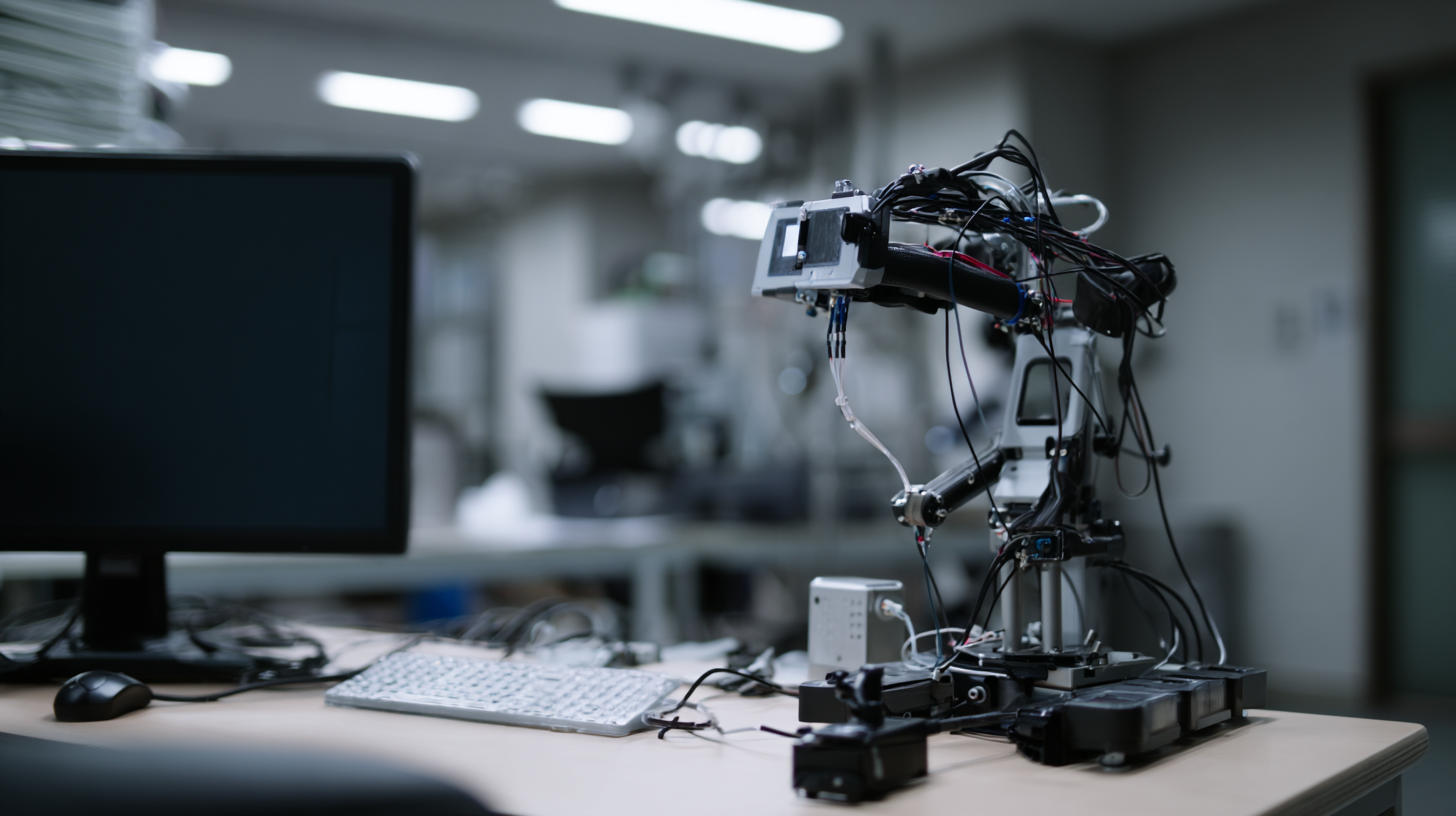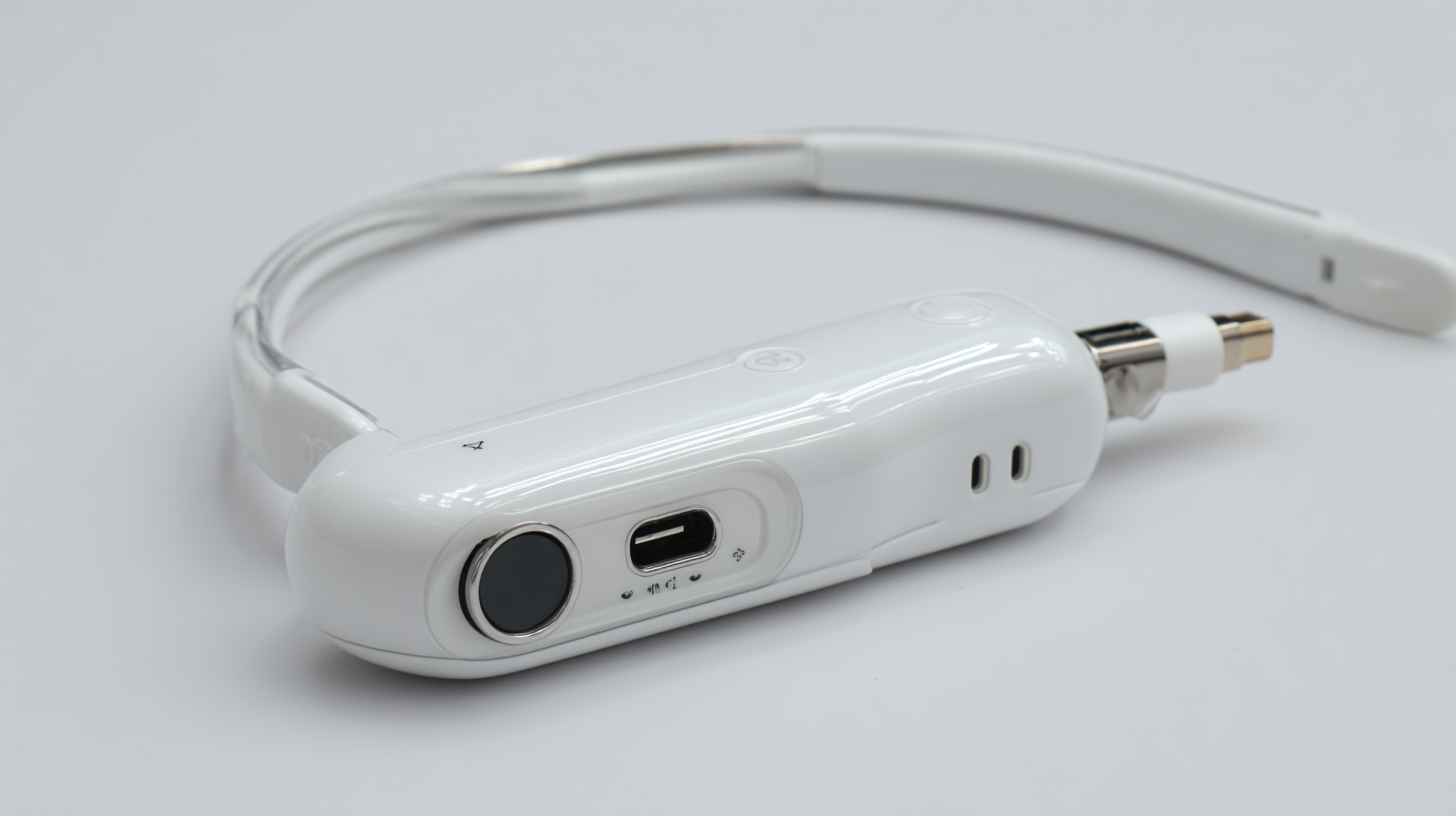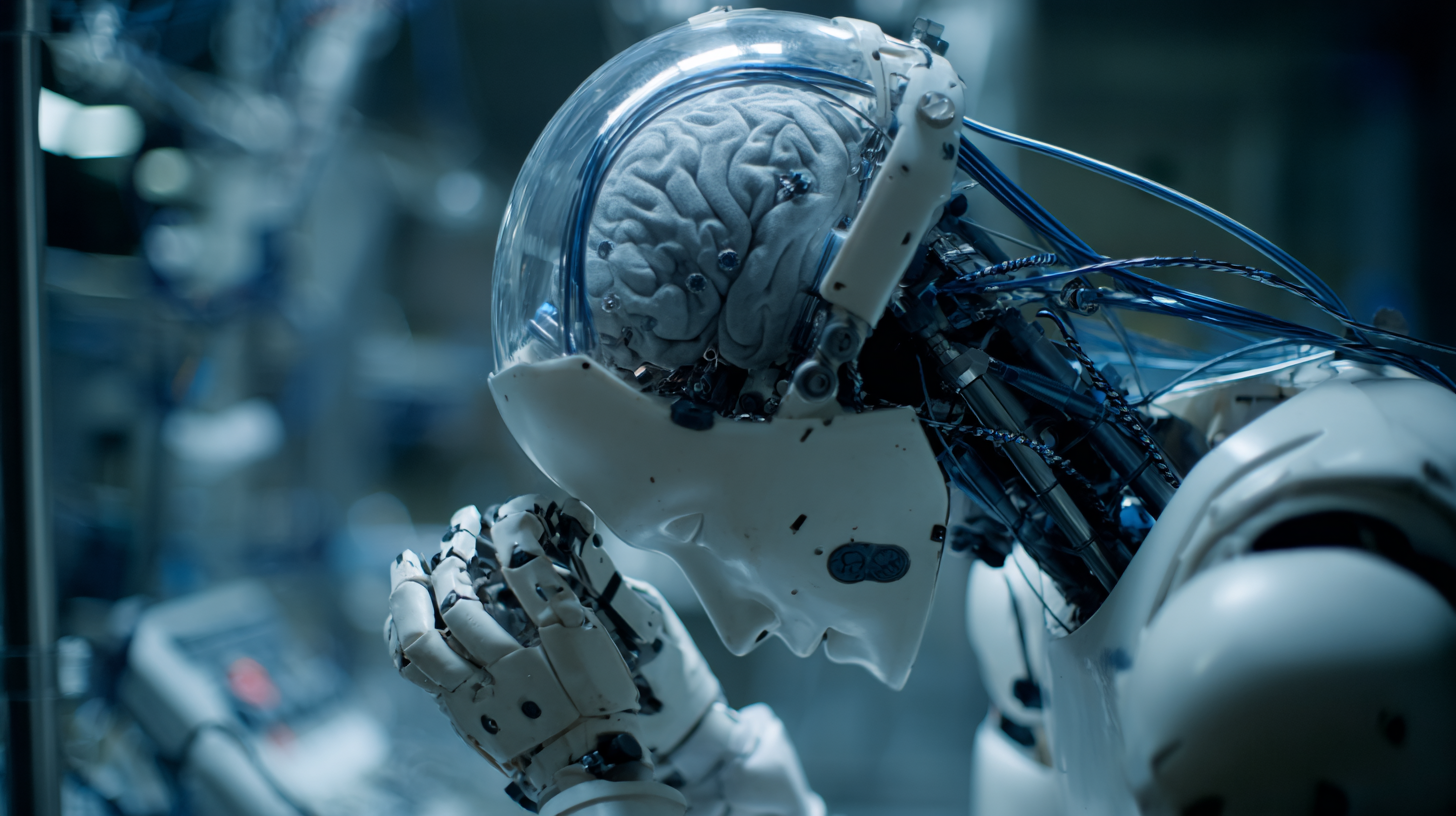 The landscape of healthcare technology is evolving rapidly,
with innovative approaches emerging for the development of neurological disorders devices. As the World Health Organization (WHO) estimates that nearly 1 in 6 people worldwide will suffer from neurological disorders at some point in their lives,
the urgent need for advanced medical devices has never been more critical. According to a recent market report by Grand View Research,
the global neurological devices market is projected to reach USD 9.2 billion by 2025, growing at a CAGR of 7.6%.
This growth is driven by technological advancements, such as artificial intelligence and telemedicine,
which are revolutionizing the way neurological conditions are diagnosed and treated. In this blog, we will explore the key trends and innovative methodologies shaping the future of neurological disorders devices,
providing insights on how to navigate this rapidly changing landscape effectively.
The landscape of healthcare technology is evolving rapidly,
with innovative approaches emerging for the development of neurological disorders devices. As the World Health Organization (WHO) estimates that nearly 1 in 6 people worldwide will suffer from neurological disorders at some point in their lives,
the urgent need for advanced medical devices has never been more critical. According to a recent market report by Grand View Research,
the global neurological devices market is projected to reach USD 9.2 billion by 2025, growing at a CAGR of 7.6%.
This growth is driven by technological advancements, such as artificial intelligence and telemedicine,
which are revolutionizing the way neurological conditions are diagnosed and treated. In this blog, we will explore the key trends and innovative methodologies shaping the future of neurological disorders devices,
providing insights on how to navigate this rapidly changing landscape effectively.
The field of neurological device innovation is rapidly evolving, driven by the increasing prevalence of neurological disorders and the demand for effective treatment solutions. Innovative approaches to neurostimulation devices have gained significant attention, particularly the development of transcranial magnetic stimulation (TMS) systems. These devices offer non-invasive treatment options by targeting specific areas of the brain, proving to be beneficial for conditions such as depression and migraine.
The market for TMS devices is projected to grow considerably, with estimates suggesting it could reach $156.43 million by 2025 and escalate to approximately $38.814 billion by 2033.
Current trends indicate a shift towards more sophisticated technologies that integrate artificial intelligence and machine learning to enhance treatment personalization. These advancements not only improve the precision of neurostimulation but also facilitate real-time patient monitoring and data analysis. By harnessing the power of technology, researchers and developers are paving the way for innovative therapeutic strategies that could transform patient outcomes in the realm of neurology. As the market continues to expand, we can expect to witness groundbreaking developments that will redefine how neurological disorders are treated in the coming years.
The integration of artificial intelligence (AI) and machine learning in the treatment of neurological disorders is revolutionizing healthcare practices. With the global chronic pain treatment market projected to grow significantly—reaching $56.14 billion in 2025 and anticipated to hit $89.17 billion by 2033—there is an urgent need for innovations that can streamline and enhance treatment efficacy. AI-driven technologies play a pivotal role, improving patient outcomes through precise monitoring and tailored therapies, particularly in understanding complex neurological conditions.
Advancements in cognitive neuroscience are also noteworthy, with the market poised to expand, growing to $4.52 billion by 2032 at a CAGR of 6.94%. The rise of cross-industry collaborations fuels this growth, combining diverse expertise to accelerate drug discovery and treatment development. These partnerships leverage AI's capabilities, enabling researchers to perform complex data analyses and hypothesis generation, thus transforming traditional practices in biomedical research. As we advance, AI's role in creating more intelligent and responsive therapeutic devices will be crucial in addressing the vast landscape of neurological disorders.
| Device Type | Application | AI/ML Role | Benefits |
|---|---|---|---|
| Wearable EEG Devices | Epilepsy monitoring | Real-time seizure detection | Enhanced patient safety |
| Smart Neuromodulation Devices | Chronic pain relief | Adaptive stimulation patterns | Personalized pain management |
| AI-driven Speech Therapy Tools | Stroke recovery | Progress tracking and feedback | Improved recovery outcomes |
| Virtual Reality Therapy | Cognitive rehabilitation | Environmental adaptability | Enhanced engagement |
| AI-based Neuroimaging Analysis Tools | Diagnosis of neurodegenerative diseases | Automated image analysis | Faster, more accurate diagnoses |
 Wearable technologies are revolutionizing the way we monitor neurological disorders, offering real-time insights that were previously unattainable. These innovative devices are designed to track a variety of parameters, such as brain waves, muscle activity, and overall physical movement, enabling health professionals to gather comprehensive data on patients’ conditions. For individuals suffering from disorders like epilepsy, Parkinson's disease, or multiple sclerosis, wearables can serve as a lifeline, alerting them and their caregivers to critical events, such as seizures or abnormal gait patterns, as they happen.
Wearable technologies are revolutionizing the way we monitor neurological disorders, offering real-time insights that were previously unattainable. These innovative devices are designed to track a variety of parameters, such as brain waves, muscle activity, and overall physical movement, enabling health professionals to gather comprehensive data on patients’ conditions. For individuals suffering from disorders like epilepsy, Parkinson's disease, or multiple sclerosis, wearables can serve as a lifeline, alerting them and their caregivers to critical events, such as seizures or abnormal gait patterns, as they happen.
The integration of advanced sensors and machine learning algorithms in these wearable devices enhances their accuracy and effectiveness. Users can receive immediate feedback through mobile applications, allowing them to adjust their treatment plans and lifestyles accordingly. Additionally, the collected data can be invaluable for researchers striving to understand the complexities of these disorders better. By harnessing real-time monitoring capabilities, wearable technologies not only empower patients to take control over their health but also pave the way for personalized medical approaches that adapt to the unique needs of each individual.
The development of devices for neurological disorders presents numerous ethical considerations that must be navigated to ensure patient safety and well-being. One of the foremost concerns is informed consent, especially when dealing with vulnerable populations such as individuals with cognitive impairments. Ensuring that patients fully understand the risks and benefits of using these devices is crucial, and designers must create clear communication strategies to facilitate this understanding. This adds a layer of responsibility for developers to prioritize transparency in their methodologies and outcomes.

Another significant ethical consideration is the potential for unequal access to these innovative devices. As advancements are made, disparities may arise based on socioeconomic status or geographic location, leading to a divide in the quality of care available to different patient populations. Developers must engage with policymakers and health care systems to advocate for equitable access and ensure that these devices reach those in need, irrespective of their background. Implementing frameworks that uphold ethical standards throughout the development process is essential for the responsible introduction of new technologies in the treatment of neurological disorders.
The landscape of neurological devices is evolving, embracing a patient-centric design approach that prioritizes the needs and experiences of individuals with neurological disorders. According to the World Health Organization, over 1 billion people worldwide are affected by neurological disorders, creating an urgent demand for innovative technologies tailored to enhance their quality of life. Recent reports indicate that the global market for neurological devices is projected to reach approximately $14.3 billion by 2025, driven largely by advancements in user-friendly designs and personalized treatment options.
Patient-centric design goes beyond mere functionality; it involves engaging patients in the development process to ensure that their voices are heard and their preferences considered. A survey by the National Institutes of Health revealed that 75% of patients prefer devices that cater specifically to their daily challenges and lifestyles. Meeting these needs can lead to increased adherence to treatment protocols, ultimately improving health outcomes. Companies are now investing in collaborative design methodologies, utilizing feedback from patients and caregivers, thus fostering a more inclusive approach in the creation of innovative neurological devices. This shift not only enhances user experience but also instills a sense of empowerment among patients as they navigate their health journeys.
This bar chart illustrates the percentage of patients reporting improved quality of life after using various patient-centric neurological devices. The data highlights the effectiveness of innovative designs in enhancing patient outcomes.
*The content on this website is for general informational purposes only and should not be taken as medical advice. Please contact your physician or therapist to learn what therapy solution is suitable for your specific needs. Not all products, features, or indications shown are approved in all countries.